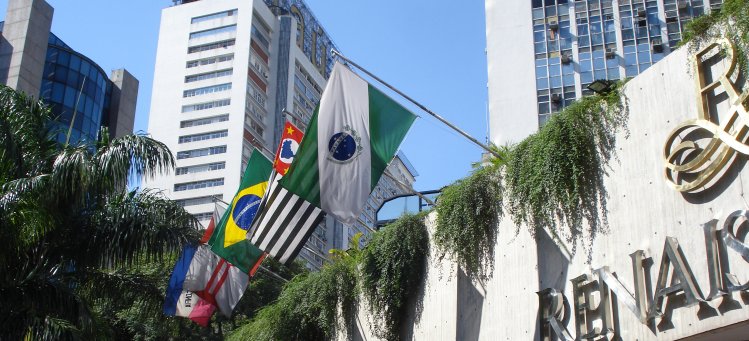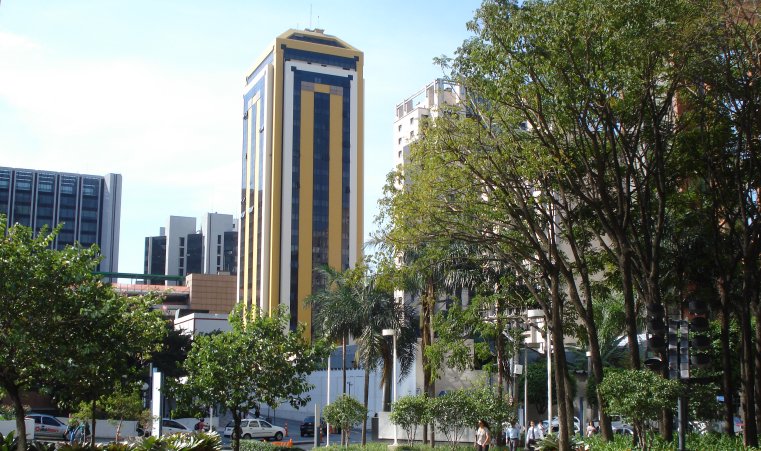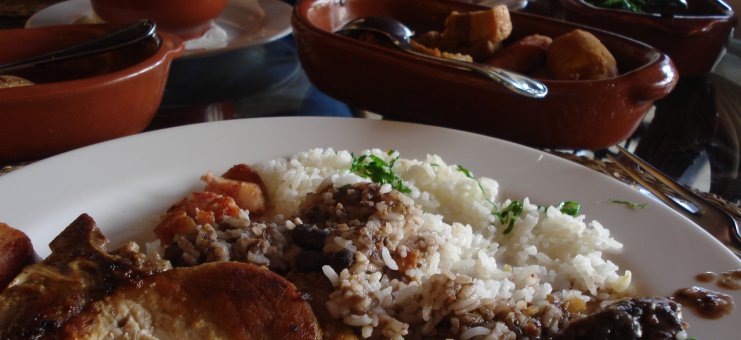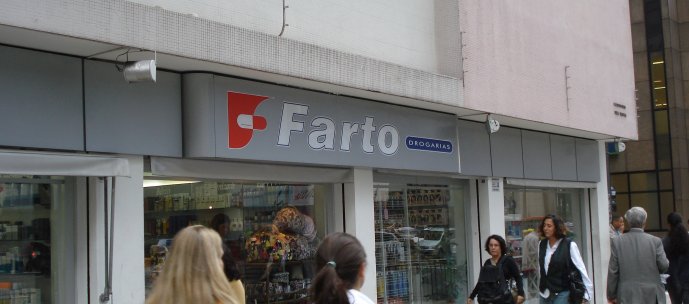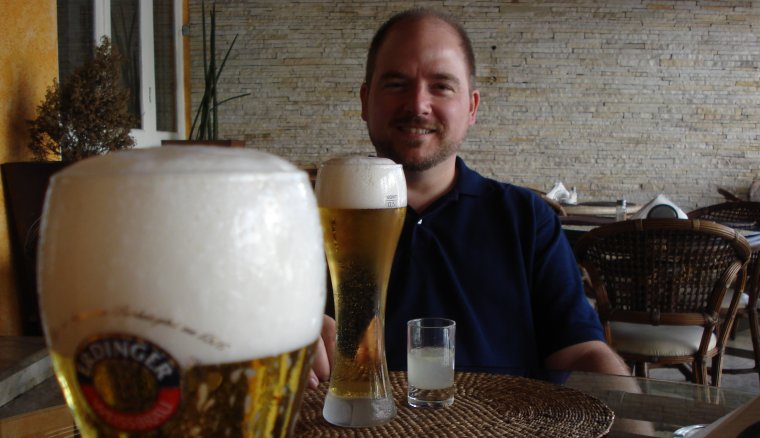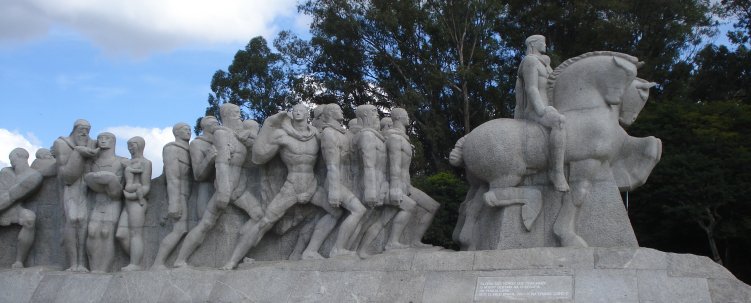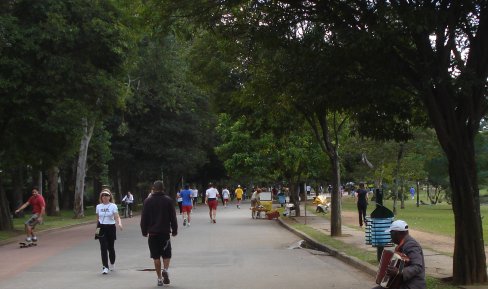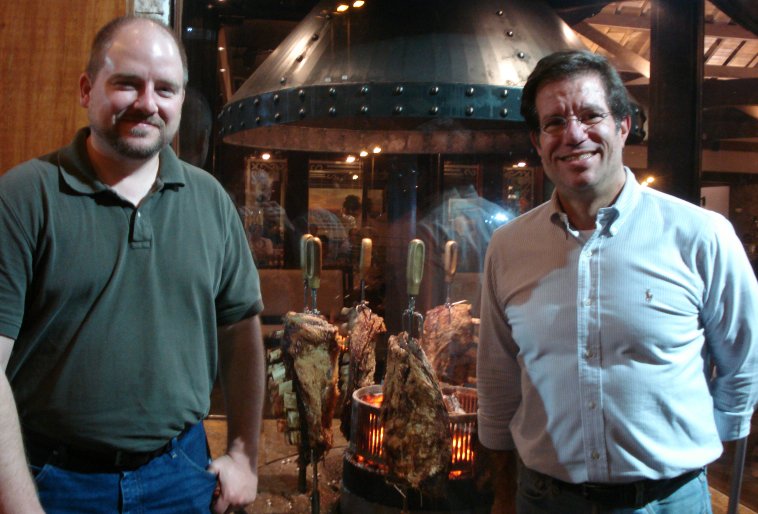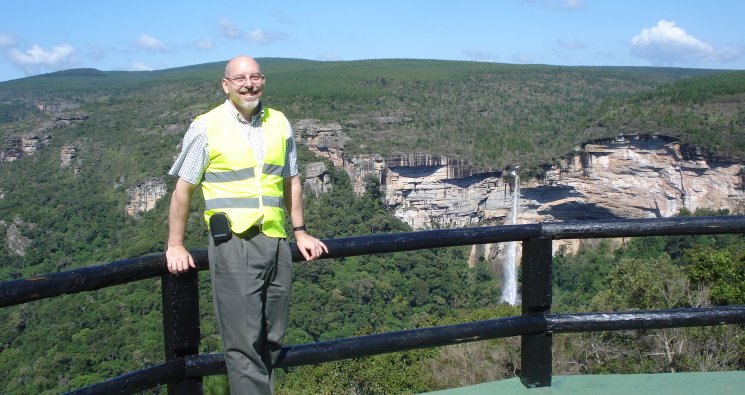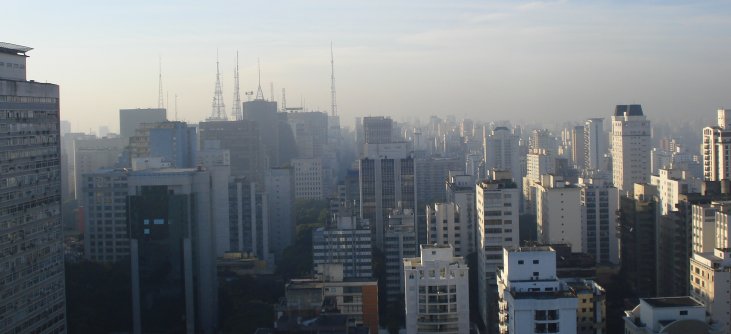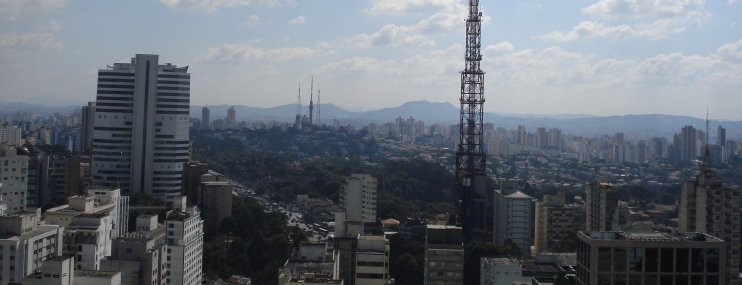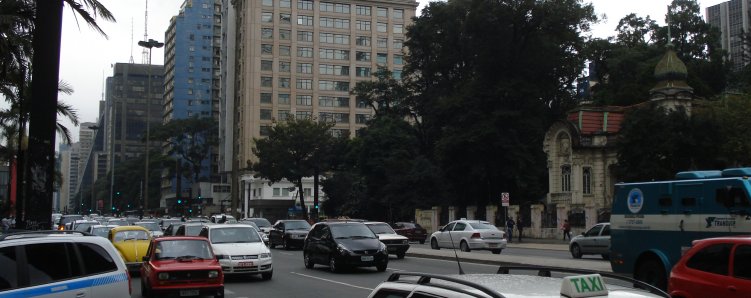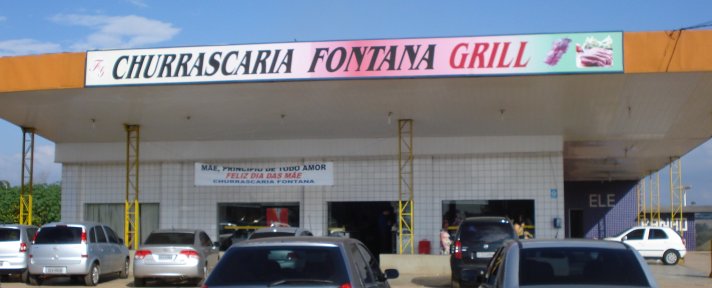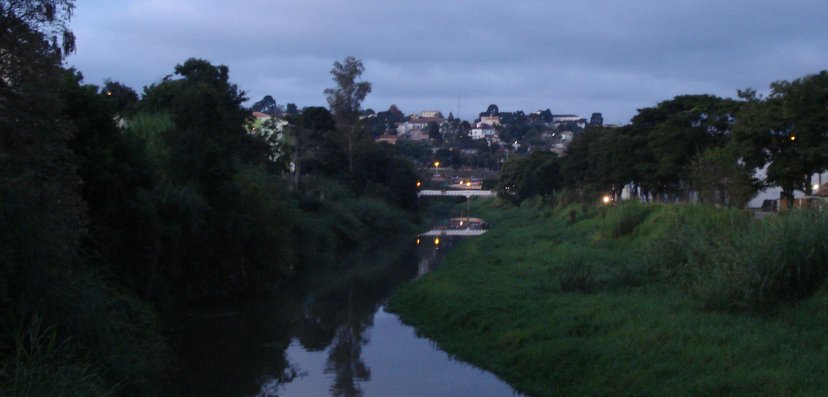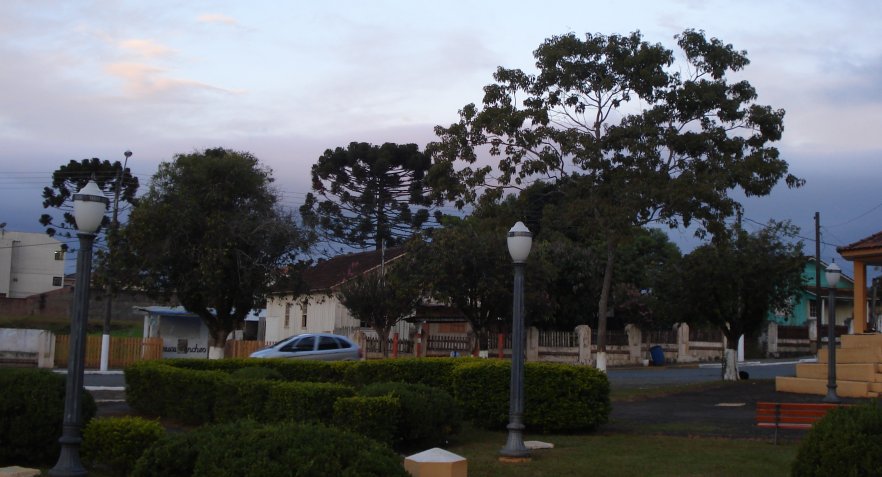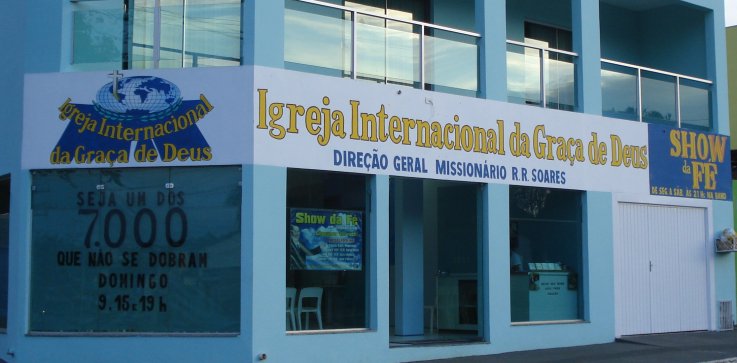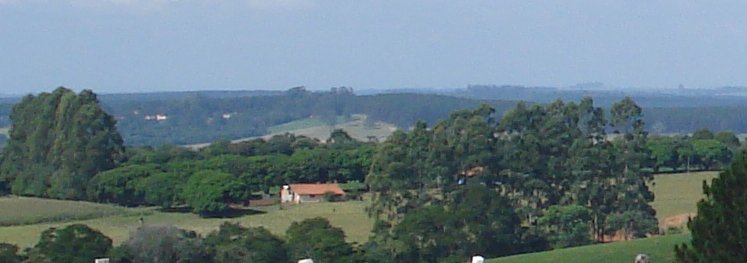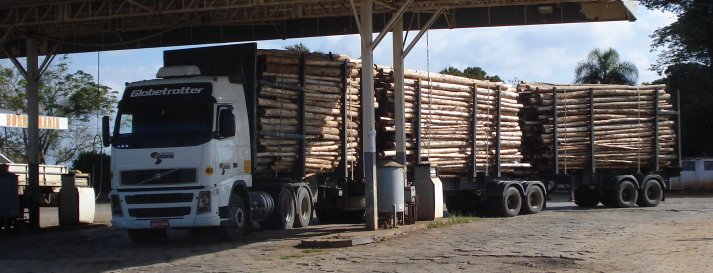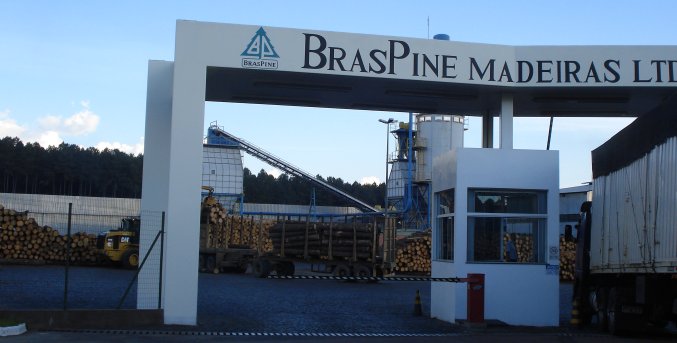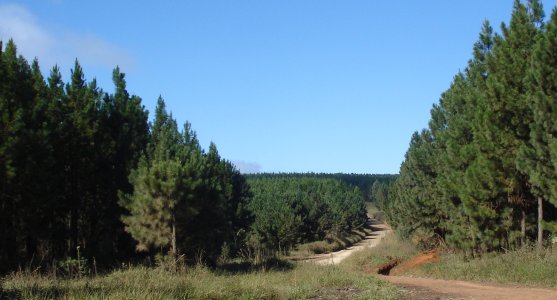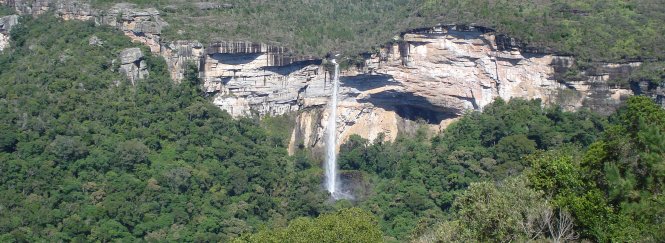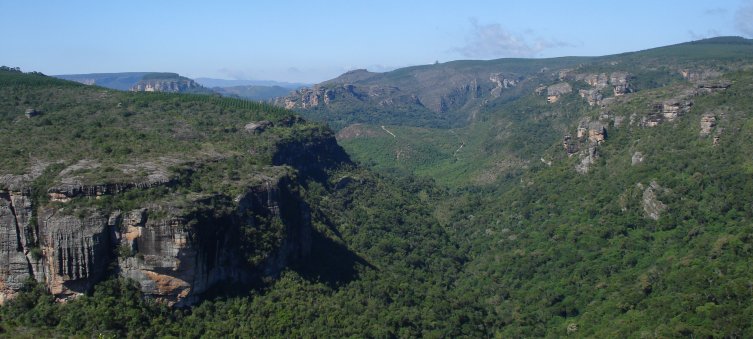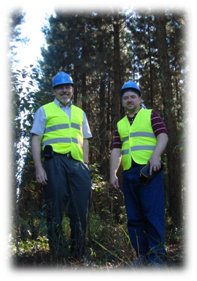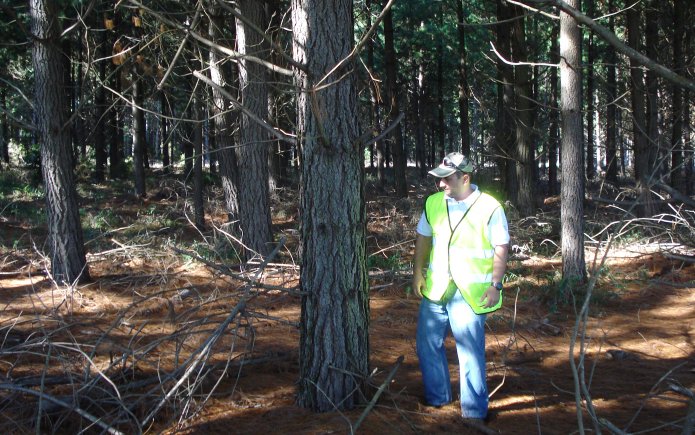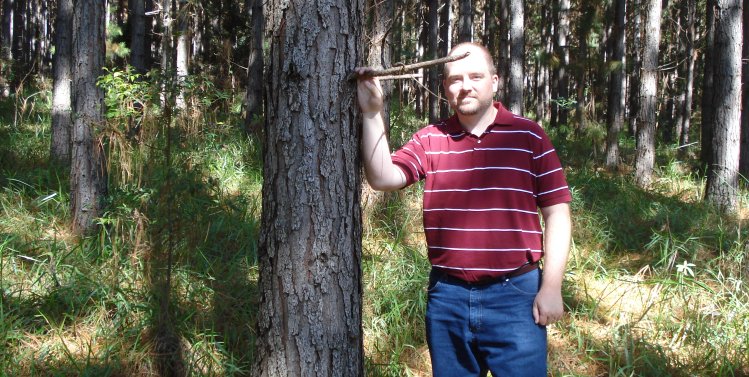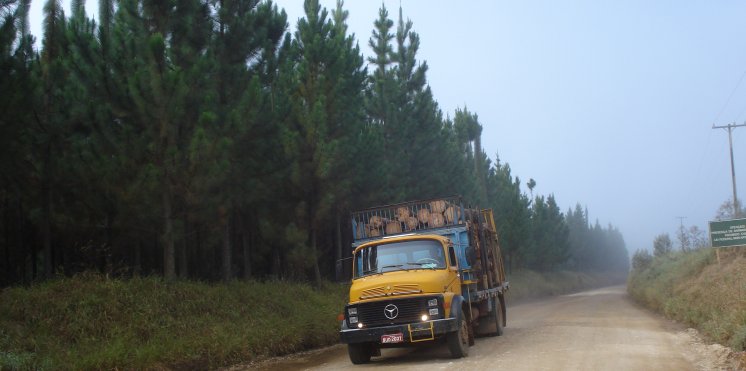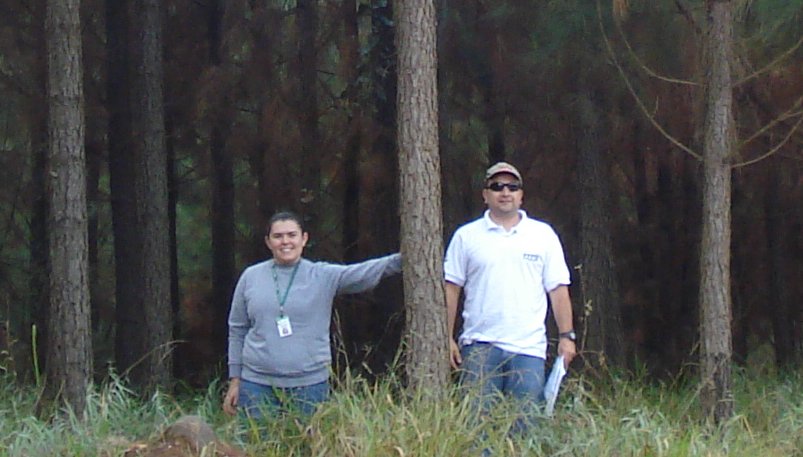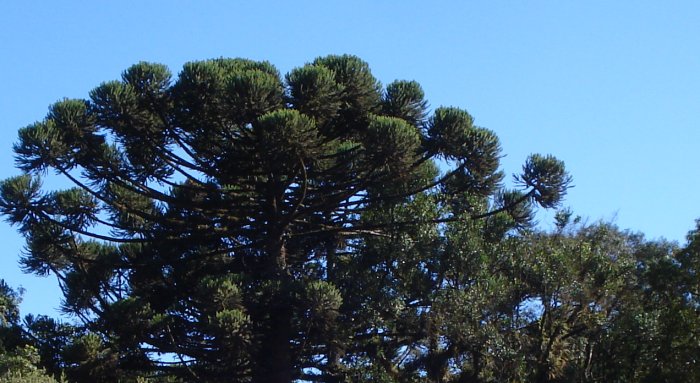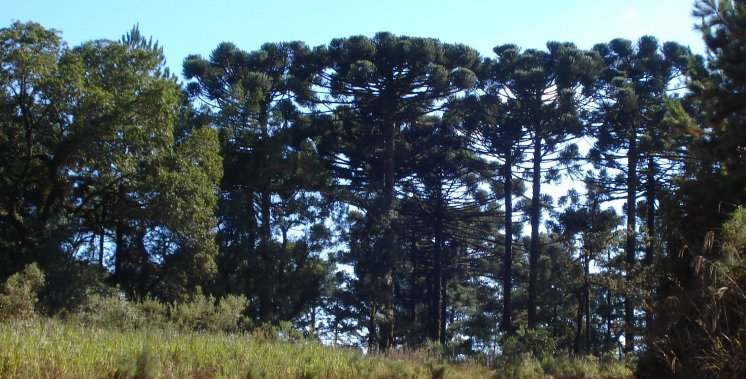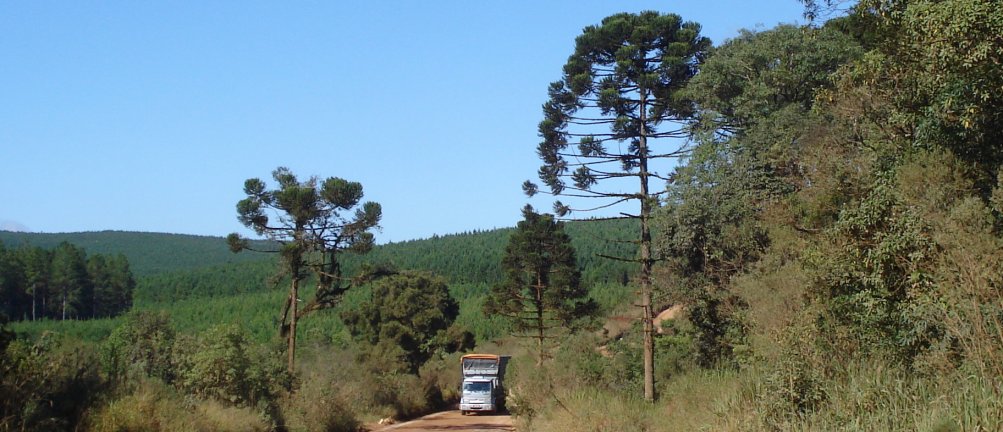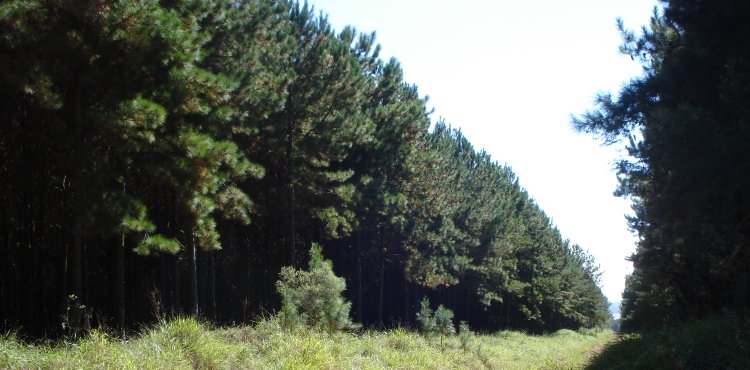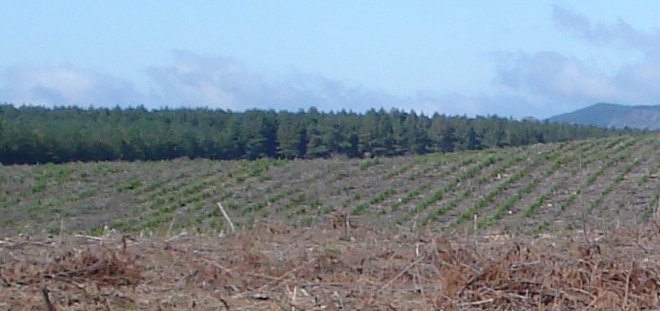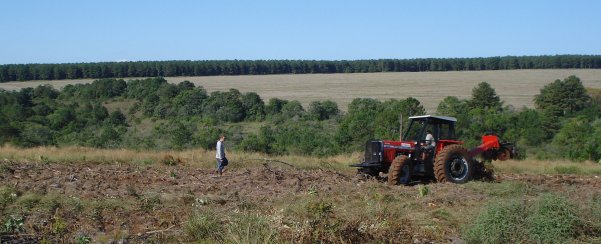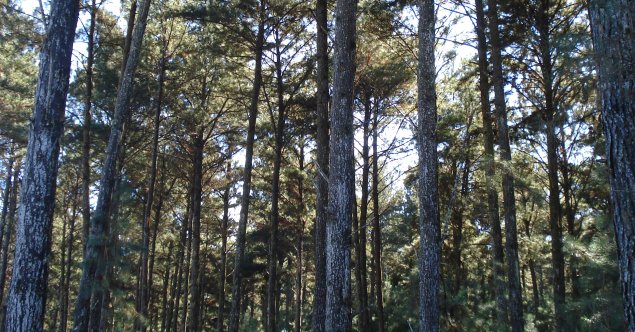Brazil was once derided as “the country of the future and always will be” but it seems to have become the country of today. The economy is doing very well, even in these tough global times and this year Brazilians will vote in their sixth free presidential election. That was the topic of a seminar I attended today at the Wilson Center.
It was interesting even before I got into the room. As I checked for my name on the guest list, I noticed that we were all listed by our first names. I had forgotten. That is how they do it in Brazil. You generally call people by their first names, even if you don’t know them well.
You can read about the panelist at the link above. I am going to write in general just to put out the quick note.
Brazil faces the challenge of success. The currency is stable; economy doing well and Brazil is getting the international respect it has long sought. Much of this is the result of the “Plano Real” enacted in 1994. At that time, Brazil was in dire straits and its options were limited. They had to follow good macroeconomic policies and privatize or at least discipline state owned firms. Today, options have expanded and so has temptation to slip back into the state capitalism or socialism that created so many problems in the past. The Economist featured and article about that last week, and comments of panelists echoed some of the same themes.
The middle class has grown. Brazilian sociologist divide their society into groups A,B, C, D, E. A&B are fairly rich. C is middle class, i.e. people can afford some things like nice TVs, computers etc. The C class has grown by thirty million in the last decade and has gone up from 34% to 49% of the population. These people are feeling good and Brazilian consumer confidence is at an all time high. The issues are “middle class” priorities, such as crime, drugs and schools. Concerns about jobs, inflation and poverty have moved into the “givens” categories and do not motivate voters as much in this election.
The current President Luiz Inácio Lula da Silva, just called by “Lula,” comes from the workers’ party (PT) which was socialistic, but Lula has followed policies that have mostly made businesses and investors happy. He is very popular, and could almost certainly win a third term, but Brazilian presidents are limited to two terms (like ours). So he is trying to pass his popularity to Dilma Rousseff (just called Dilma) his former chief of staff, who will run on the PT ticker. Dilma has never run for office before, so nobody knows how well she will do. Lula is phenomenally charismatic, Dilma, not so much. The question is whether Lula will be enough. Panel members pointed out that it is easier for Brazilian politicians to control the message and that PT will protect Dilma.
The main opposition candidate is Sao Paulo governor Jose Serra. Serra is ahead in the polls, but everybody agreed that it is much too soon to tell. Serra (they called him by his last name, maybe because Jose is such a common name) is known as a competent manager, but not charismatic as Lula. IN this election, where most people are content with the status quo, his strategy seems to be that his management competence will be better to maintain and enhance the good times that people are living today. But it is always hard to sell change when times are good.
Some of the outlines of the election are already clear. Serra is strong in the richer parts of the country (the South and Southeast) and among the richer people. The panelist agreed that Dilma will carry the poorer parts of the population, but Serra will need to ensure that the loss is not a landslide.
The question and answer session added a few insights. For example, the panelists agreed that race is not an issue in Brazil as it is in the U.S. Brazil doesn’t treat race in the binary way we do. There has been a lot of racial mixing and it is possible for siblings to be in different racial categories. Most Americans “blacks” would be thought of as mixed race in Brazil and many would even be classified as white. There is some trouble now with the idea of quotas. One person told a story about applicants at the University in Brasilia where twin brothers categorized themselves differently and the one got in based on race preference.
Internet is still not important politically in Brazil. Radio is still the big way to reach people. This year, however, it will be possible for candidates to solicit money over the Internet and the parties have brought down U.S. consultants with experience raising Internet money here. Nobody knows how that will work out.
The most interesting guy on the panels was Alberto Almeida, Director, Instituto Análise. His talk was interesting and delivered with a great and amusing style. I will have to make a point of looking him up when I get to Brazil. He wrote a book called “A cabeça do brasileiro.” I would like to read it. Unfortunately, it doesn’t seem to be available on any of the online bookshops I can access.
There is some other references from the Wall Street Journal.


